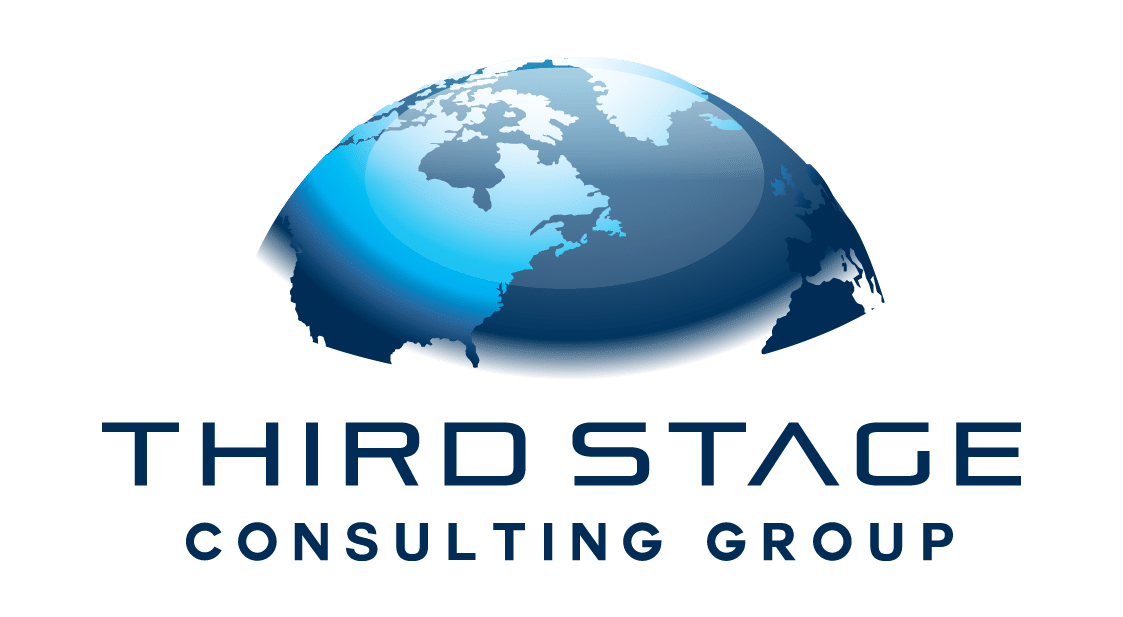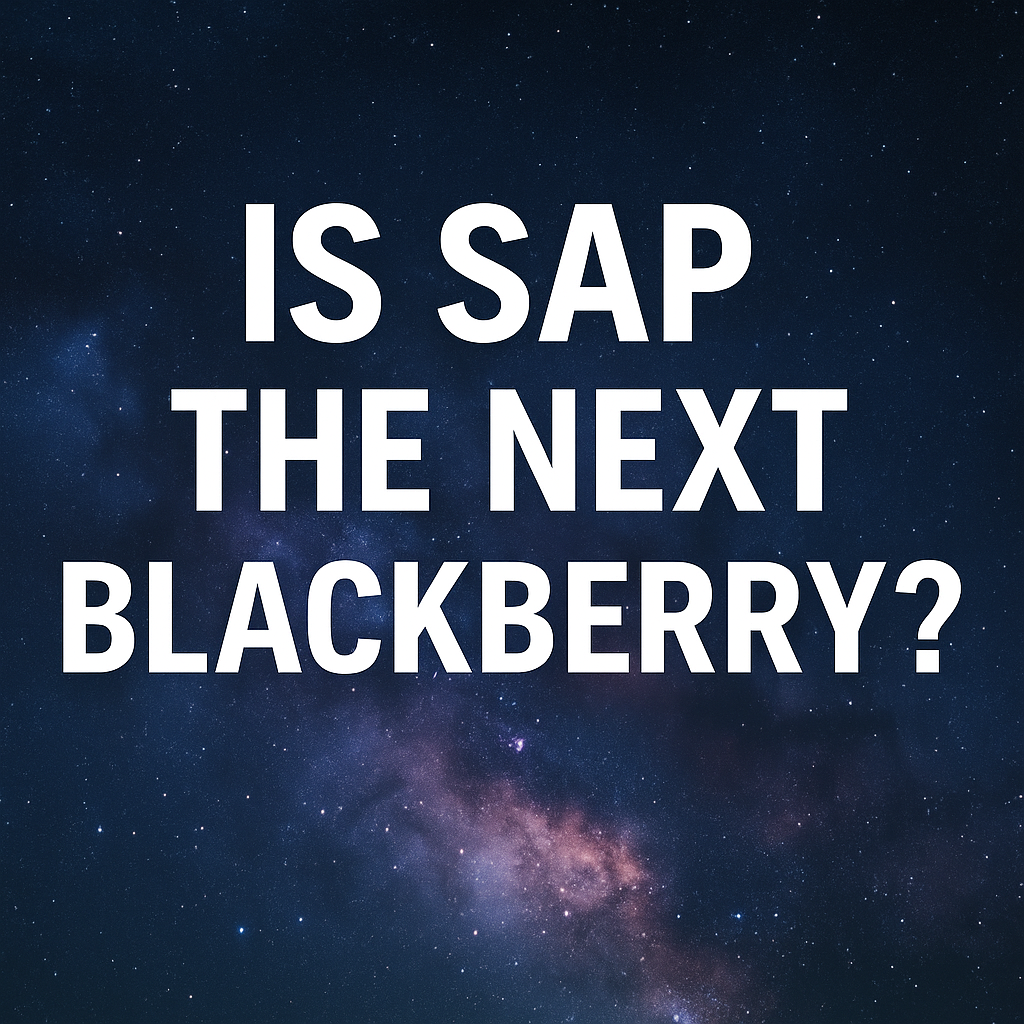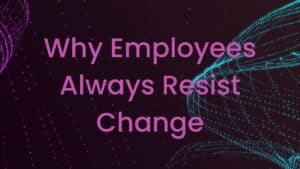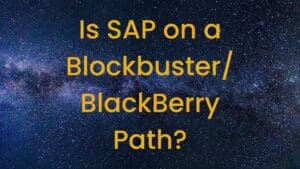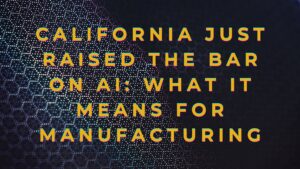The question isn’t if the ERP landscape is shifting — it’s how fast and who survives.
SAP, once the gold standard of enterprise software, is now facing increasing pressure from disruptive startups, interoperability platforms, and shifting customer expectations. While it won’t disappear overnight, the writing may already be on the wall — and its downfall could mirror that of a once-dominant tech titan: BlackBerry.
Table of Contents
ToggleSAP’s Risk of Irrelevance
SAP isn’t just competing with Oracle or Microsoft — it’s also competing against itself. Its product strategy, go-to-market approach, and commitment to monolithic systems are beginning to feel like relics of a past era.
Some compare SAP’s current posture to BlackBerry right before the iPhone launch: confident, dominant, and unaware of the disruption on the horizon. That kind of overconfidence — the idea that traditional ERP will always reign supreme — is exactly what could accelerate SAP’s decline.
Vendor Lock-In: The Silent Killer
ERP vendors like SAP have built empires on vendor lock-in. Once you’re on their platform, it becomes difficult and expensive to leave. That model has worked for decades — but the market is shifting.
Modern businesses are prioritizing speed, agility, and choice. They want platforms that give them optionality, not a cage. And they certainly don’t want to wait 18 months for value, or deal with escalating costs in perpetuity.
This is where interoperability platforms step in.
The Rise of Interoperability and Composable ERP
Platforms like Palantir, Snowflake, and Databricks are introducing a new era of enterprise architecture. Instead of forcing a rip-and-replace approach, these platforms allow businesses to keep what works and modernize only what’s necessary.
With this approach, companies can:
- Deploy targeted solutions in 30 to 90 days
- Connect siloed systems and unify data
- Dramatically reduce time-to-value and project risk
This is what composable ERP looks like — flexible, modular, and scalable by design.
Are ERP Giants Finally Playing Nice?
Some are starting to adapt.
Microsoft (D365) has long embraced an open ecosystem through its ISV model. Salesforce built its success on extensibility and third-party apps. Even NetSuite is moving toward a more modular and open design.
These vendors are evolving. They’re building platforms that allow customers to customize and extend functionality without being held hostage by the core system.
On the flip side, SAP and Oracle have traditionally maintained a more closed ecosystem. That once gave them control. Today, it’s starting to feel more like a constraint.
The Pricing Problem
Subscription-based ERP pricing has introduced a new layer of vendor control. When you’re locked into a platform, the vendor controls the pricing model — and many have taken full advantage of that.
This strategy works only until customers push back. Or until better options arise.
Open-source and low-cost ERP systems like Odoo and ERPNext are filling that gap. These solutions offer:
- Entry-level access at low or no cost
- A la carte pricing as businesses grow
- Freedom from the traditional upgrade and upsell cycle
Disruption in the ERP space is already here. More is coming.
What This Means for Your Strategy
If you’re planning your digital roadmap, it’s time to rethink the default playbook.
Ask yourself:
- Are we choosing agility, or buying into another decade of vendor lock-in?
- What’s our real time-to-value expectation?
- Could we start small and scale, rather than commit to a full-blown ERP replacement?
- Do we really need a monolithic system — or a connected digital backbone?
These are the questions that should drive your strategy, not the sales pitch of a legacy vendor.
Download the Full Transformation Report
To help navigate this changing landscape, download our latest Digital Transformation Report. It includes:
- Tech-agnostic ERP reviews
- Market trend analysis
- Guidance on how to modernize without being boxed in
- Real-world case studies and data
SAP won’t vanish tomorrow. But its position at the top is no longer guaranteed.
The future of ERP is faster, leaner, and smarter — and it favors companies that put flexibility and business value first. If you’re building a long-term technology strategy, make sure you’re designing for the future — not propping up the past.

